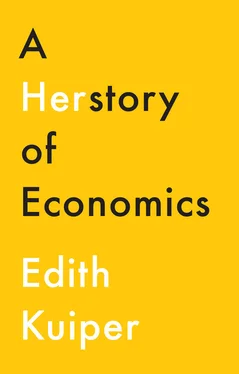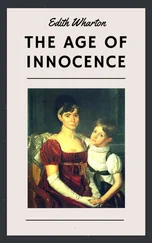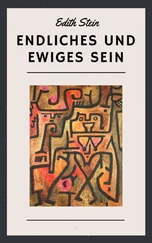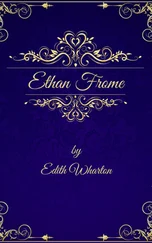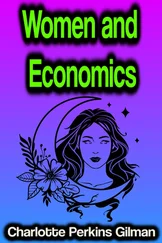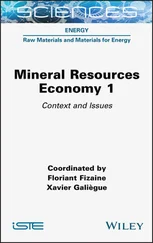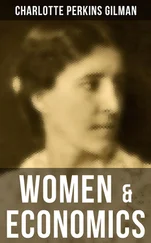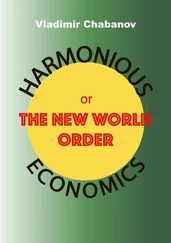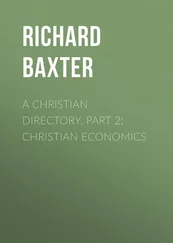This chapter will shed light on the early texts by Greek philosophers and later texts by women economic writers on the economy of the household. The second thread in this chapter explores women’s economic writing in the 1700s, engaging with a new morality that emerged with the growth of the middle class. I will describe the cradle of political economy and some major shifts that define the field over the centuries that follow.
Œconomia or the study of household management
Most of the very early women’s economic writings are lost in the mists of history. Only a few phrases of, for instance, Aspasia (470–400 bc), the Ancient Greek political philosopher, have been retained. Xenophon (431–354 bc) and Aristotle (384–322 bc), whose writings did survive, wrote quite extensively about women and gender. A large part of Xenophon’s Œ conomicus (362 bc), which translates to “the man who manages the household” (Ekelund and Hébert, 1997), reports on Socrates’ dialogues. Socrates talks about setting up a household, the division of tasks between husband and wife, and the use of training a young wife to become a prudent housewife. He tells us that having a good housewife is crucial for the wealth of the household. “And I can show that some so treat their wedded wives also as to have them as fellow workers in helping to increase their estates, and that others treat them in a way in which most of those who do so bring themselves to ruin” (Xenophon, 2021: 13). Socrates also explains his marriage to Xanthippe, with whom he quarreled on a constant basis, by the fact that she was a strong woman. His remarks are sharp and teasing; in other words, Œconomicus is a good read. Most textbooks on the history of economic thought that point out the importance of the division of labor in Xenophon’s text, like Ekelund and Hébert’s book, referred to above, do so, however, without mentioning his focus on the original division of labor: that between husband and wife, men and women.
The focus on household economy made sense in Greece, which was in those times an agrarian society divided into a number of city-states. In Athens and Sparta, cities that were frequently engaged in warfare, the estate was the central economic unit. Such estates generally contained large, self-sufficient communities of families, servants, slaves, horses, and other animals. Aristotle, whose influence on economic thinking has been substantial and ongoing, had a negative view of women. They were, according to him, merely incomplete men and – using his binary logic – cold and passive, in contrast to men, who were seen as hot and active.
Aristotle distinguished between two kinds of economy. The kind that aimed at sustenance for members of the household by providing food, clothes, and shelter, and that took place within the estate; he called this the “natural economy” or œconomia . He considered the dealings and trades that took place outside the household and that aimed at making a profit, including lending money against an interest, to be part of the “unnatural economy” or chrematistikè . The unnatural economy was a necessary evil that needed to be contained and kept on the margins of society, otherwise, according to Aristotle, it would lead society to chaos (Ekelund and Hébert, 1997).
The household would remain center stage in economic thinking over the centuries to come. At the end of the Middle Ages (1500–1600s) Europe was still an agrarian society and the early Renaissance literature on husbandry described methods of farming: when to sow, when and how best to harvest, how to deal with animal sickness, etc. Books on husbandry, as Keith Tribe (1978) explains, were mainly based on biblical images and religious concepts, recounting the vertical, hierarchical relations between Adam and the Earth, God and Man, and so on. In this context, when biblical stories and some local folklore were the main narratives that the general populace had access to, just as paintings in the church dominated the imagery they had access to, Eve was pictured as the woman who seduced Adam. Women – as daughters of Eve – played either a negative role in these stories or were simply left out. Some scholastic political philosophers and early economic writers, like Jean Bodin ( c .1530–96), for instance, took this perception of women so far that they contributed to the witch hunts that raged throughout Europe from about 1450 to 1750 (see, e.g., Federici, 2014).
During the Middle Ages, many learned women lived in monasteries and wrote religious and philosophical texts. Christine de Pisan, for instance, was a prolific writer in many genres and the first woman in Western Europe to express herself in the vernacular language about women’s issues. In her view, women should be educated and they had the virtues, interests, and potential to contribute to many fields and excel in many professions. In her Book of the City of Ladies (1405), she described many negative myths about women and told of women’s strengths, using the allegory of the building of a city based on women’s virtues – a city in which women could be safe and respected (Richards, 1982). A few centuries later, Anna Maria van Schuurman (1607–78), in her day an acknowledged genius who spoke at least twelve languages, wrote a scientific thesis, The Learned Maid, or Whether a Maid May Be a Scholar (1638). Schuurman also stood up for women’s rights to be educated and to study. Moreover, she claimed that women’s minds and the daily schedule of privileged women enabled them particularly to engage in scientific study. De Pisan and Schuurman, however, were viewed as exceptions, and, luckily for them, they were accepted as such.
With the rise of Protestantism and a new class of merchants and middlemen, the household became more and more ideologically perceived as “a man’s castle” in which women were domesticated and kept as housewives. Until the sixteenth century, and even into the seventeenth, aristocratic women in Europe still had a say in political matters, but over the course of the eighteenth century, especially in the UK, even these women were increasingly kept out of the public sphere. Rising in importance, politics, trade, and industrial endeavors became exclusively male territory, and the household the realm of women. Whereas earlier, keeping the household account books was mainly a task for men, women over time developed their knowledge of running a household and many of them kept their own household books.
Educated and upper-class women started to document their skills in running extended households. Lady Grisell Baillie (1665–1746) turned the art of running a household practically into a science. Hundreds of people lived and worked at the Baillie estates in Edinburgh, London, and at the large Mellerstain House in Berwickshire in southern Scotland. Grisell Baillie was a celebrity in Scotland at the time, known and famous for her heroic behavior as a 12-year-old, when she secretly visited her father in prison and brought him food. Her father, a political prisoner and religious agitator for the Covenanters, would later escape from prison and flee to Holland with his family. After they returned to Scotland in the wake of William III and his wife Mary II claiming the English throne in 1692, Grisell and her family were restored to their property. Grisell married the love of her youth, George Baillie, and, in the years that followed, she and her husband played a central role in the Scottish aristocracy.
Grisell Baillie was so successful in keeping the books in her own household that both her father and her brother-in-law let her run their estates as well. The Household Book of Lady Grisell Baillie, 1692–1733 , published in 1911, provides insight into the management of these three households, including the rules for personnel, extensive menus for large dinners, money spent on weaponry, hunting, traveling, the wages of domestic servants, and additional funds spent in support of these workers. As such, Baillie’s books paint a detailed image of the way such households were run. Marion Lochhead (1948), for instance, used it as the basis for her analysis of the wealth development of the Baillie household. Similar account books have recently been revisited as a source of economic information and as such are becoming part of the history of economics (see, e.g., Maas, 2016).
Читать дальше
